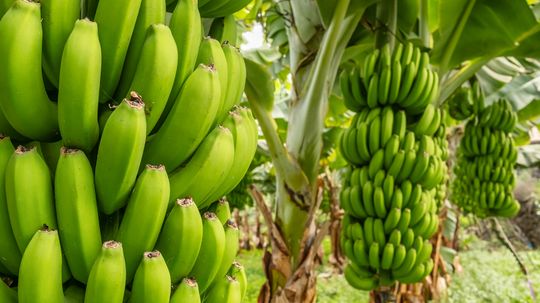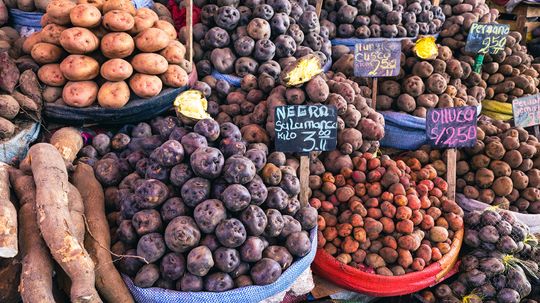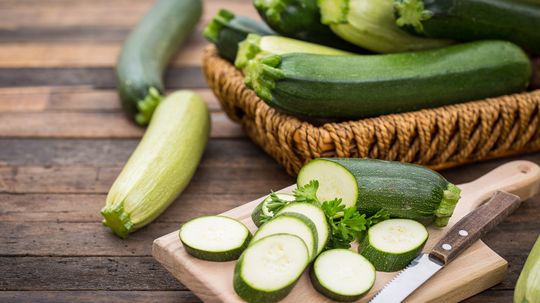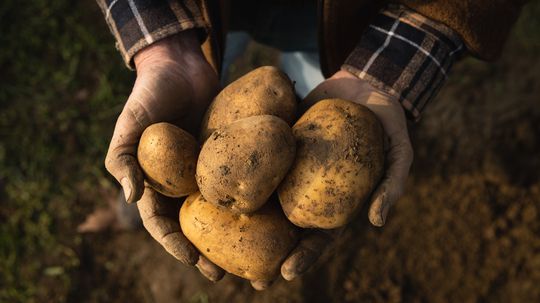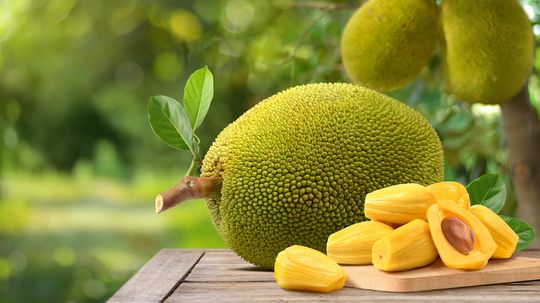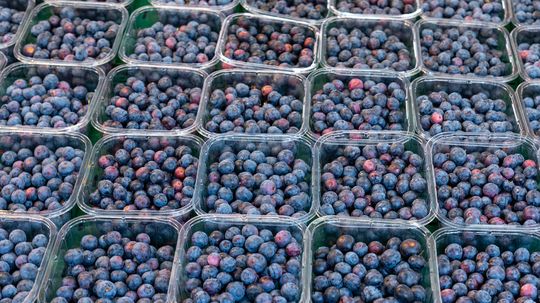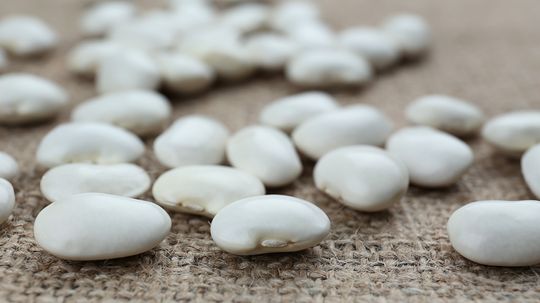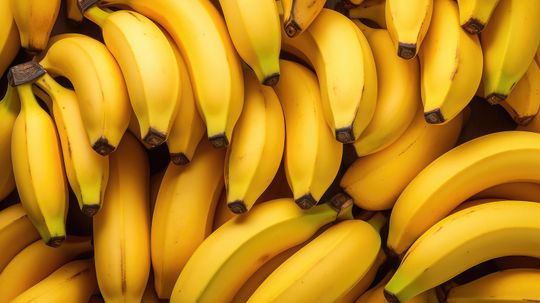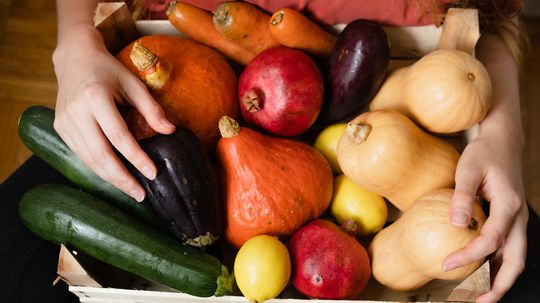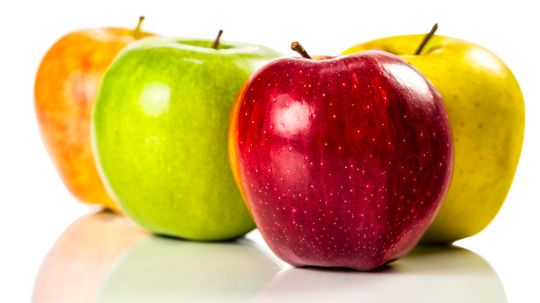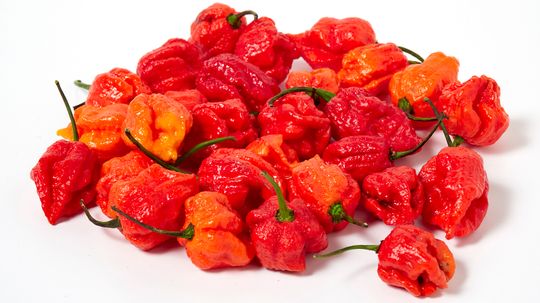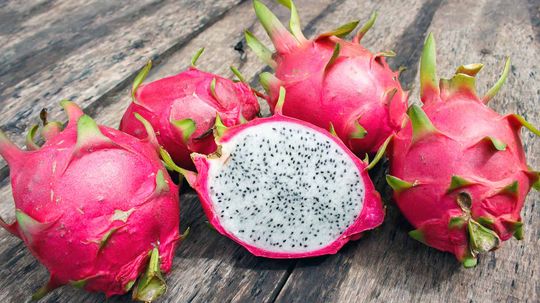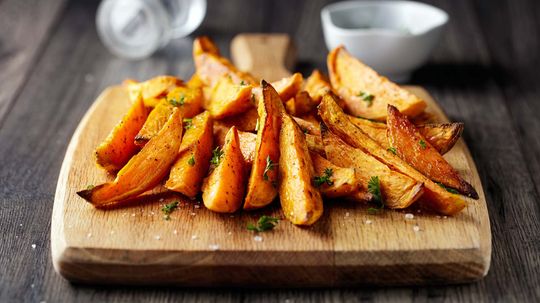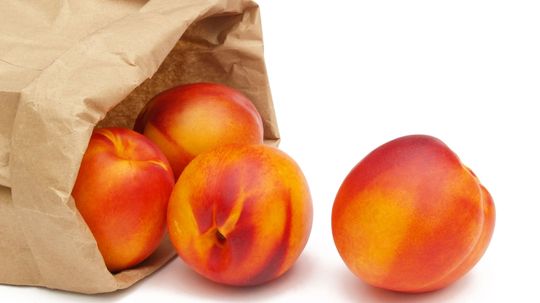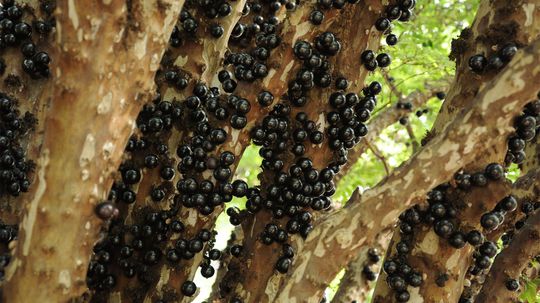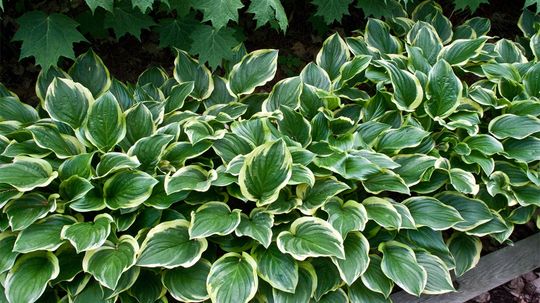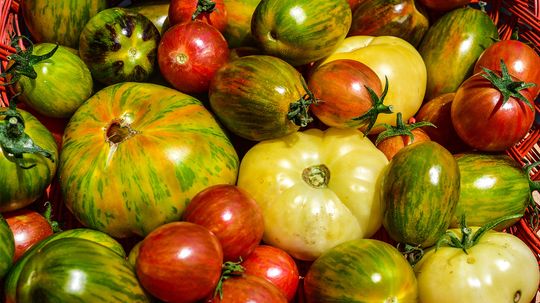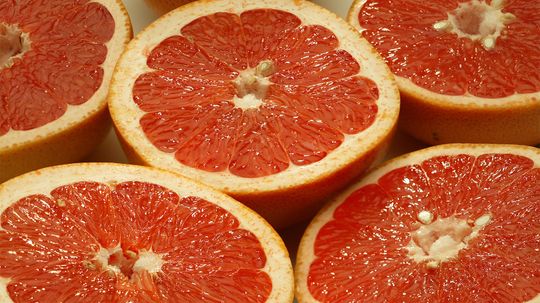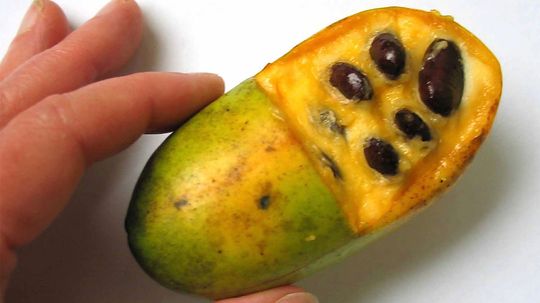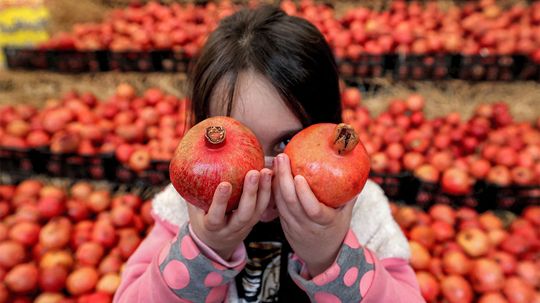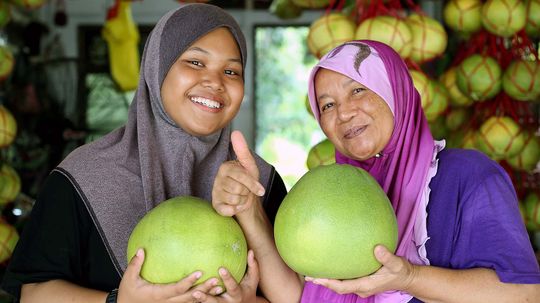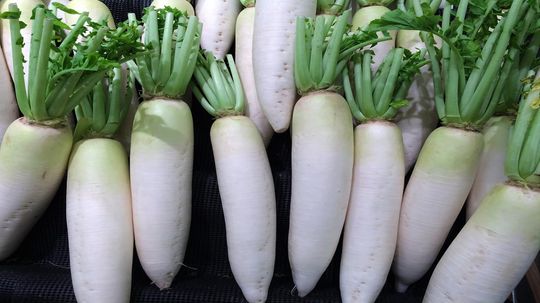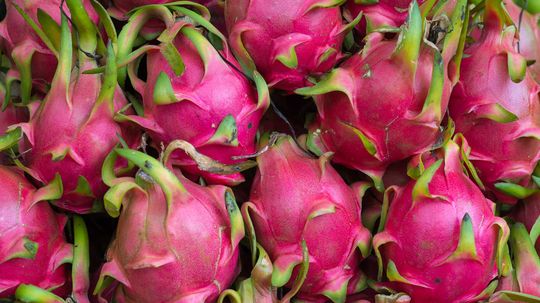Fruits and Vegetable Facts
Fruits & Vegetables are the most often overlooked portion of our daily food intake. Learn how fruits and vegetables work and how to eat more of them everyday.
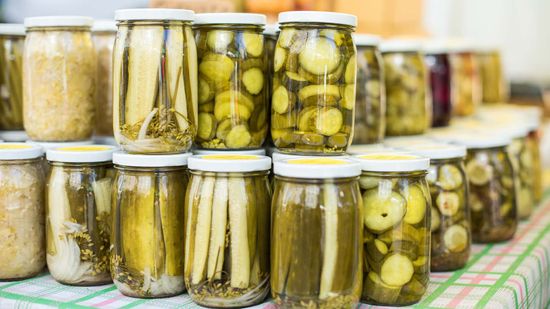
What's the Dill? The History of the Pickle
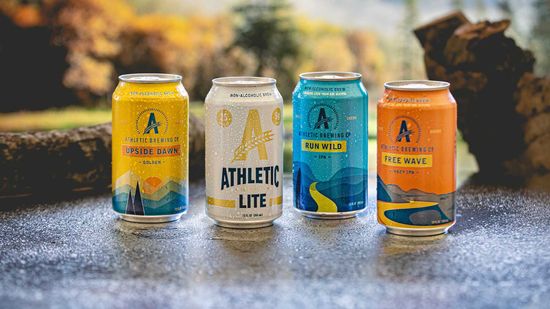
How Do Today's Brewers Make Non-alcoholic Beer?

You Don't Want to Know How Maraschino Cherries Are Made

What's the Best-selling Beer in the World? Not Budweiser
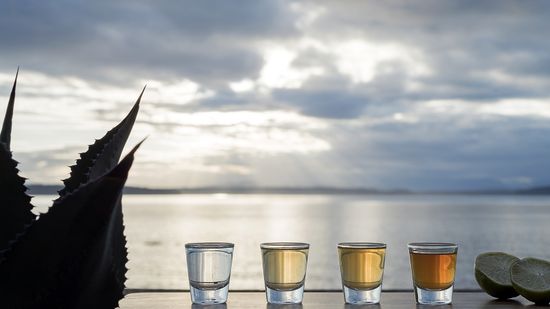
5 Types of Tequila: Which to Sip and Which to Shoot
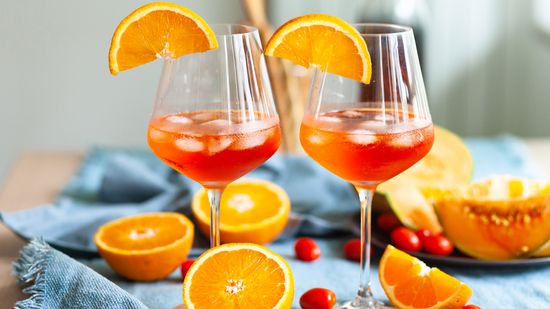
Campari vs. Aperol Cocktails and Flavor Profiles
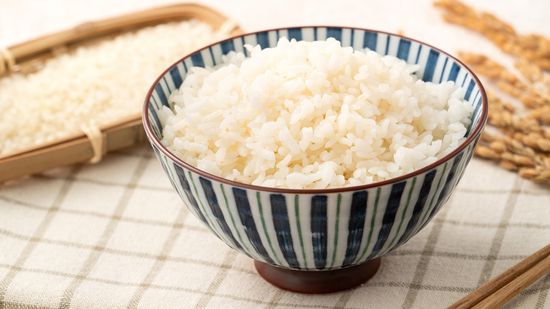
12 Types of Rice to Pair With Any Meal
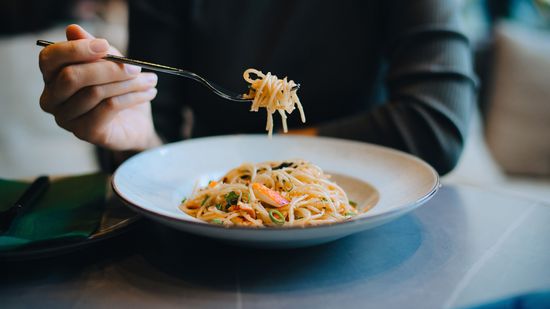
14 Types of Noodles Coming to a Dinner Table Near You
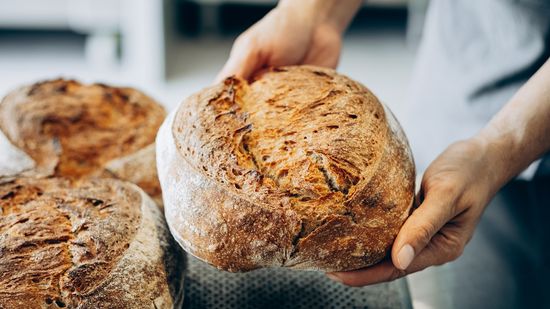
13 Types of Bread: Challah, Sourdough, Rye and More
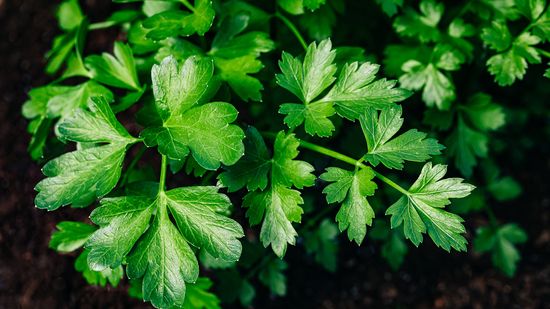
Parsley vs. Cilantro: Same Family, Totally Different Flavor Profile
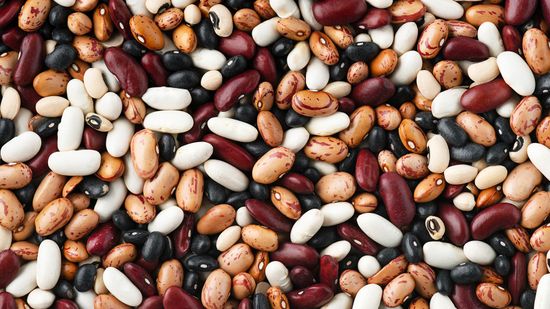
14 Types of Beans: Garbanzo, Adzuki, Cannellini and More
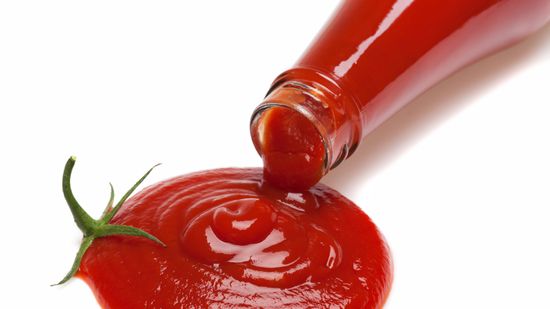
Is Tomato Catsup the Same as Tomato Ketchup?

Get the Scoop on Our Ice Cream Quiz!
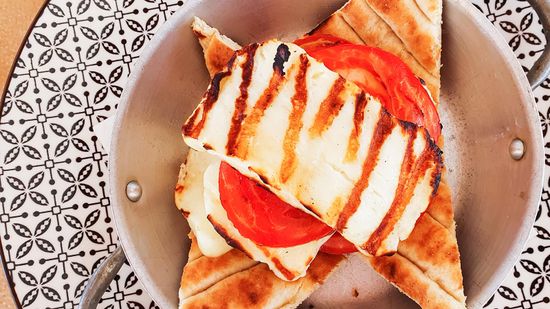
What Is Halloumi Cheese, and Why Is It Suddenly So Popular?
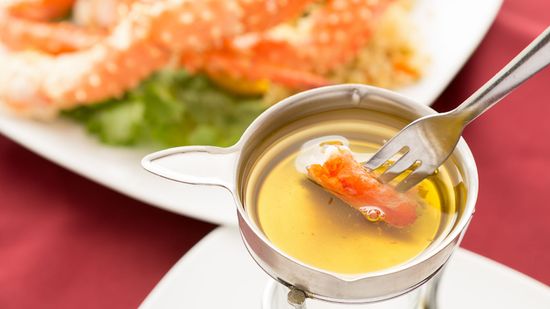
What's the Difference Between Clarified Butter and Ghee?

9 Unconventional and Weird Ice Cream Flavors We'd Love to Try

6 Types of Candy for Every Sweet Tooth

11 Types of Cookies for Your Next Snack Attack
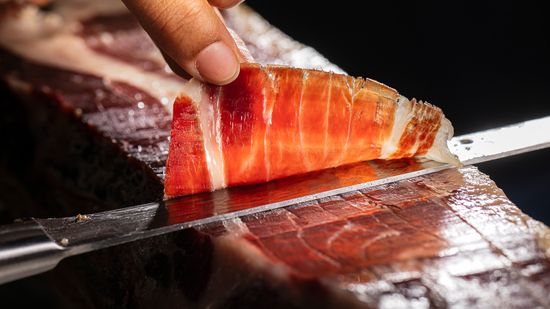
Is the Most Expensive Meat Kobe Beef, Wagyu, or Iberico Ham?

8 Food Festivals Where You Can Fill Up on a Good Time
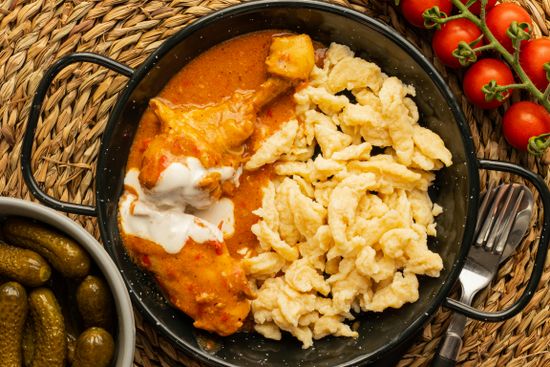
Discovering the Vibrant Flavors of Hungarian Cuisine: A Culinary Journey

How Food Tasters Work

Top 5 Reasons You Know You Should be a Pastry Chef

How to Get Your Big Break into the Baking Business

Can You Eat Jellyfish? Yes, But Not All Jellyfish
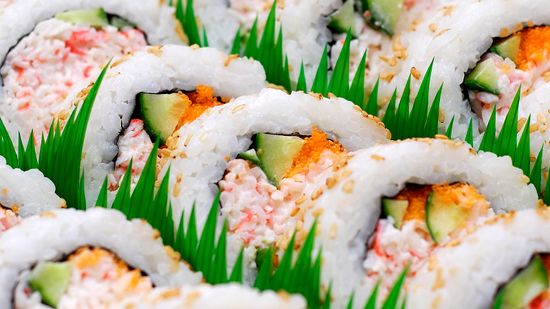
What Is Imitation Crab Meat? Is the Crab Substitute Vegan?
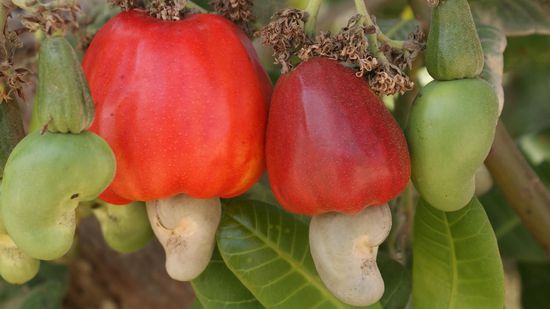
It's Nuts How These 6 Nuts Look Before Processing
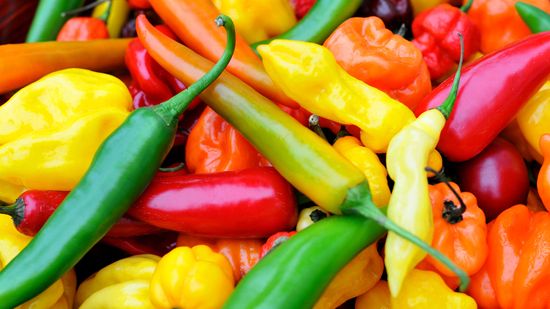
7 of the Hottest Peppers in the World
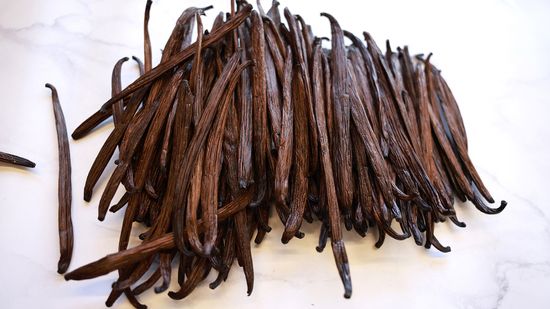
Where Does Vanilla Flavoring Come From?
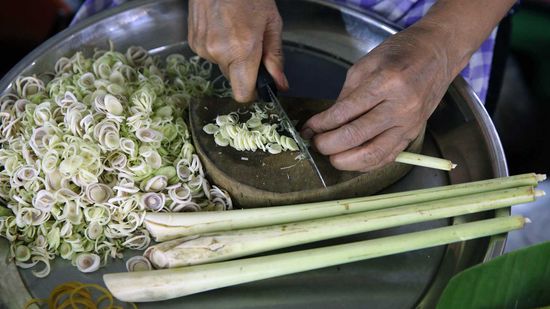
Lemongrass Is a Prized Herb in Asian Cuisine

10 Flaming-hot Facts About Cheetos
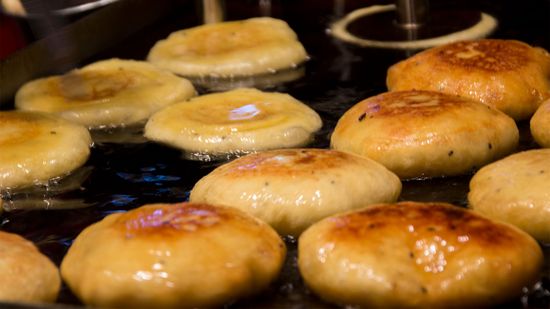
Korean Street Treat Hotteok Is Like a Warm Hug

Is There Really a Difference Between the Left and Right Twix?

10 Types of Wine and What to Pair Them With

What's the Difference Between Champagne and Sparkling Wine?
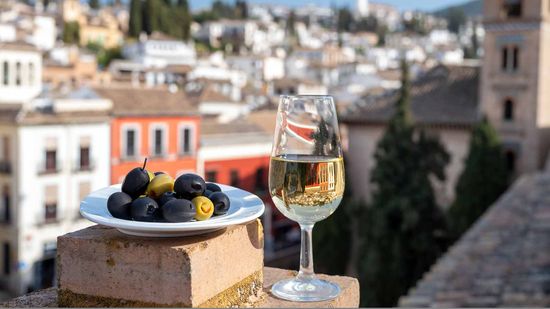
What's the Difference Between Port and Sherry?
Learn More
If you've ever stood in the produce aisle wondering, "What is a group of bananas called," you're in good company. The answer lies in how bananas grow and how we describe them at the store, on farms, and in everyday speech.
Where do potatoes originate from? The question takes us back thousands of years to the high plains of South America.
Zucchini and cucumber often share fridge space in the crisper drawer, but the zucchini vs. cucumber comparison reveals some distinct differences.
Advertisement
Potatoes are like the Swiss Army knife of the kitchen. Whether you're crafting a buttery mash or frying up hash browns, knowing your spuds is key.
When it comes to tropical fruits that make a strong impression, the durian vs. jackfruit arguments are strong. Both are large, spiky fruits native to Southeast Asia, and both have found their way into Asian markets and global kitchens alike.
If you've ever stood in the produce aisle staring at two nearly identical berries and wondered what sets them apart, you're not alone. Let's dig into the huckleberry vs. blueberry debate to clear up the confusion—and maybe even improve your next pie.
If you've ever found yourself staring at a bag of beans in the grocery store and wondering if it matters whether you put butter beans vs. lima beans in your cart, you're not alone. It's a common culinary conundrum, especially in kitchens from the Midwest to the South.
Advertisement
Bananas and plantains come from plants of the same genus (Musa), but the plantain vs. banana comparison boils down to more than just size and skin.
Squash comes in a dazzling array of shapes, colors and flavors. With over 100 known varieties, it's easy to get lost in the produce aisle or farmer's market. If you're looking to understand the types of squash, you're in the right place.
Apples are nature's delicious and nutritious candy, with a staggering 7,500 varieties grown around the globe. Even the sweetest apples are healthy alternatives to sugary sweets - making them a great way to indulge your cravings without racking up the calories. Whether you're a fan of the crisp, refreshing crunch or more the type to bake the fruit into an apple pie, you really can't go wrong.
By Mack Hayden
Hot peppers are tasty and nutritious fruits (not vegetables!) that create a spicy sensation on your tastebuds. They have been a staple of spicy foods for thousands of years, but in the last half-century, scientists have developed advanced cross-breeding techniques to craft the hottest pepper in the world - hotter than nature would concoct on its own.
By Mitch Ryan
Advertisement
You've probably seen people and recipes use the terms "scallions" and "green onions" interchangeably - and for once, the conflation is correct. When it comes to distinguishing scallions vs. green onions, these terms describe the same vegetable.
By Marie Look
Don't know how to eat dragon fruit? This stunner of a fruit is as simple to slice as it is pretty to look at. So give it a try. You won't regret it.
Think sweet potatoes and yams are the same? Think again. These two tubers are totally different. Yams aren't even potatoes.
By Lauren David
Your mom may have told you to put bananas or peaches in a brown paper bag to help them ripen faster. But does this really work? And why would it?
Advertisement
The fruit of the jabuticaba grows on its trunk and branches and is as sweet as a grape. But it's very perishable once it's picked.
Hostas are a perennial garden favorite, but are still relatively unknown as a delicious and easily prepared culinary delicacy.
You've undoubtedly heard about heirloom tomatoes, but what's so different about them, and why do they taste so good?
Does your mouth get all excited at the thought of eating a juicy grapefruit? Well, pucker up, because grapefruit is loaded with the vitamins and antioxidants your body needs.
Advertisement
You probably won't find a pawpaw in your grocery store or local farmers' market, so what's the deal with this most elusive of fruits?
Eating a pomegranate may seem intimidating at first, but once you learn how to do it, it's easy - and those shiny, jewel-toned seeds are well-worth the trouble.
Science has made it possible for some apples to be stored as long as a year before selling. How is that done, and is it safe?
Pomelos are the largest - and one of the oldest - fruits of the citrus family. They're native to southeastern Asia and are chock full of nutritional benefits.
By Jeremy Glass
Advertisement
Also known as winter radish, icicle radish, Chinese radish and Japanese radish, daikon has the crunchy texture of a red radish, but with a much milder taste.
This pretty pink fruit is part of the flower of a climbing cactus. The plant likely originated in Central America but you can find the fruit almost anywhere today.
